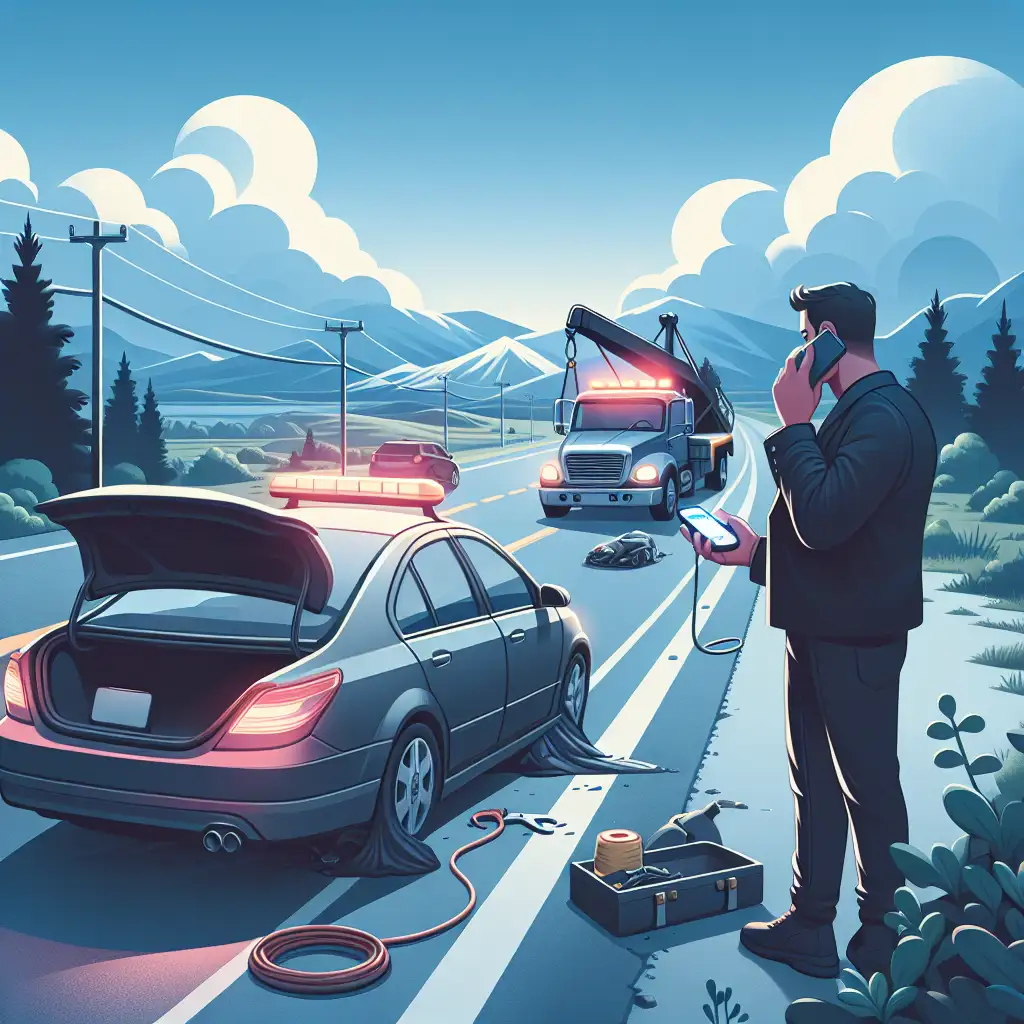When and How to Call for Roadside Assistance
Learn how to assess situations that require professional help and communicate effectively with service providers.

Imagine you're driving down the highway, and suddenly your car starts making strange noises, or worse, it comes to a complete stop. What do you do next? Knowing when and how to call for roadside assistance can save you time, stress, and potentially money. This guide will help you assess situations where professional help is needed and teach you how to communicate effectively with service providers.
Understanding Roadside Assistance
Roadside assistance is a service designed to help drivers when their vehicles experience mechanical issues or other problems while on the road. This service can include towing, battery jump-starts, tire changes, fuel delivery, and lockout services. Many insurance companies, car manufacturers, and third-party providers offer roadside assistance plans, often as part of a package or for an additional fee.
It's important to know what your roadside assistance plan covers. Some plans may have limitations on the number of service calls per year or the distance a vehicle can be towed. Always check the details of your plan to avoid unexpected costs.
When to Call for Roadside Assistance
Not every car issue requires professional help, but there are certain situations where calling for roadside assistance is the best option:
- Flat Tire: If you don't have a spare tire or the tools to change it, or if you're uncomfortable doing it yourself, call for help.
- Dead Battery: If your car won't start and you don't have jumper cables or another vehicle to help, roadside assistance can provide a jump-start.
- Locked Out: If you've locked your keys inside your car, a professional can help you regain access without damaging your vehicle.
- Out of Fuel: Running out of gas can happen to anyone. Roadside assistance can deliver enough fuel to get you to the nearest gas station.
- Mechanical Failure: If your car breaks down and you can't identify or fix the problem, it's time to call for a tow to a repair shop.
How to Communicate Effectively with Service Providers
When you call for roadside assistance, clear communication is key to getting the help you need quickly. Here are some tips:
- Stay Calm: Take a deep breath and try to remain calm. This will help you communicate more clearly.
- Provide Your Location: Use landmarks, mile markers, or GPS coordinates to give an accurate location.
- Describe the Problem: Clearly explain the issue you're experiencing. Mention any warning lights or unusual noises.
- Know Your Vehicle: Provide details about your car, such as the make, model, and color, to help the service provider locate you.
- Ask Questions: Don't hesitate to ask about the estimated time of arrival or any costs involved.
FAQs About Roadside Assistance
Q: Is roadside assistance available 24/7?
A: Most roadside assistance services operate 24/7, but it's always good to confirm with your provider.
Q: Will my insurance rates increase if I use roadside assistance?
A: Generally, using roadside assistance does not affect your insurance rates, but it's best to check with your insurance provider.
Conclusion
Knowing when and how to call for roadside assistance can make a stressful situation more manageable. Remember to assess the situation carefully and communicate clearly with service providers. Think about what features matter most to you in a roadside assistance plan. Do you need coverage for long-distance towing or just basic services? Understanding your needs will help you choose the right plan and ensure you're prepared for any roadside emergency.
 CarChooser
CarChooser